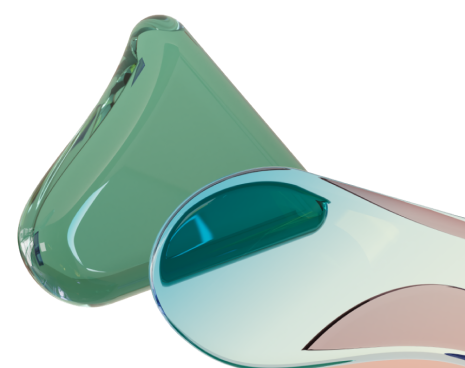Obayashi's Path to Net Zero Through Digital Innovation and BIM Management
The Obayashi Group formulated its long-term "Obayashi Sustainability Vision 2050" in 2019. Decarbonisation is one of its key targets for 2040 to 2050 and therefore Obayashi has incorporated carbon neutrality into its business plans and is promoting concrete initiatives to realise this vision. It’s deeply committed to Science Based Targets, greenhouse gas emission reduction targets in line with the Paris Agreement, and acquired that certification in October 2022.
There are many processes that need to be carefully considered and improved in order to achieve progress towards net zero. Iida Kunihiro, Head of iPD Center at Obayashi, believes that “As a construction business, delivering accurate information to the site and basing operations on that information lead to true productivity improvement. To achieve this, we need digitalization, data-driven process reform, and DX (Digital Transformation), moving beyond conventional methods.”
However sustaining operations from design to construction with accurate information presents significant challenges. Obayashi Corporation has formulated the SBS (Smart BIM Standard) as a in-house rule and implemented the “One-Model” approach to seamlessly manage BIM information across all project phases. Furthermore, Kunihiro says “to foster industry-wide discussions, we have made the SBS concept, modelling rules, and families publicly available since January 2023.”
At Obayashi, BIM has already become the norm, and the company is moving beyond pursuing the ideal state of BIM models to developing construction business management methods using structured data as a construction business foundation.
Iida adds “The “M” in BIM is shifting from Modeling to Management. Moreover, from a global perspective, efforts towards the new common goal of net zero in the industry, which is only achievable based on accurate information, have become essential.” To achieve this, Obayashi has adopted and implemented the methods of ISO 19650, the international standard for information management. With ’Informed Decision’ as one of its core goals, the company is advancing DX using backcasting methods, to ensure both clients and internal teams have the accurate, sufficient information for proactive decision-making.
Due to net zero goals, Zero Energy Buildings (ZEB) are in unprecedented demand in Japan's construction market. The revised Building Energy Efficiency Act, coming into effect in 2025, will make compliance with energy efficiency standards mandatory for all new buildings.
To conduct detailed energy-saving simulations aimed at achieving ZEB status, detailed architectural and equipment data input is required, which demands significant time and effort. To address this challenge, Obayashi Corporation developed "SmoothSEK," a design support system that automatically extracts necesarry information for ZEB Certification energy-saving calculations from BIM One-Models based on SBS.
Kimura Takeshi, Director of Mechanical & Electrical Design Department promoting ZEB at Obayashi Corporation's Design Division, explains "For efficient, high-precision energy-saving simulations, we must link accurate digital data created under SBS rules with Building Energy Efficiency Act-compliant simulation systems. By eliminating the need for manual drawing verification, we’ve cut energy performance calculation time by 50% while streamlining the verification process. This brings value far beyond mere efficiency. Using our BIM One-Model’s accurate information as a Single Source of Truth (SSOT) and ensuring precise energy performance evaluation enables truly informed decision-making on our path to net zero." Furthermore, by conducting repeated detailed energy simulations using consistent and accurate information from the early design stage, it becomes possible to achieve designs with enhanced energy conservation considerations.
Kimura continues, "Achieving ZEB status demands seamless coordination between architectural and building services design, and architects must proceed with their work while understanding the impact on environmental performance from the early design stage. Thanks to SmoothSEK's high efficiency, we can perform 'optioneering' during the basic design phase—comparing and evaluating more comprehensive options while determining design plans. This enables us to achieve optimal energy-saving calculation. Through addressing ZEB requirements, we contribute to achieving carbon neutrality.”
Innovation and technology will continue to lead the way to achieving the ultimate net zero goal for the construction industry, tackling the many challenges along the way.
Learn more about the journey to net zero
Download BSI's Journey to net zero report
Other featured material
Stay up to date with BSI's latest offerings across the sector
BIM Kitemark Certification PAS 2080 Bigger book of BIM Net zero pathway





